The Pros and Cons of the Apple iPhone Air
In September 2025, Apple launched the iPhone Air, a model that changed the company’s approach to design. This phone replaced the “Plus” version, which was less popular among users.
The iPhone Air was released together with the iPhone 17, iPhone 17 Pro, and iPhone 17 Pro Max. It came with the slogan “the thinnest iPhone ever” and “pro power inside.”
This means the phone is both slim and powerful. It runs on the A19 Pro chip, the same processor used in the iPhone 17 Pro and Pro Max, although Apple slightly adjusted it for the Air.
With a starting price of around US$1.200, the iPhone Air promises a lightweight yet high-performance experience. Of course, every phone has its strengths and weaknesses. Let’s take a closer look at both.
Pros of the Apple iPhone Air
As a flagship device, what makes the iPhone Air special? Here are some of its key strengths.
1. Super Slim Design

The iPhone Air’s biggest appeal lies in its incredibly thin body. At only 5.6 mm thick and weighing 165 grams, this phone redefines what a large-screen smartphone can feel like. CNET noted a clear difference between holding the iPhone Air and the iPhone 17. The latter feels bulkier with a 7.95 mm body and a weight of 177 grams.
The Air, on the other hand, feels so light that some users say it’s almost like “holding nothing.” While that might be an exaggeration, it does create a sense that you’re interacting directly with the screen rather than holding a device.
The polished titanium frame and curved edges also give the phone a sleek, elegant look that feels more refined than the industrial design of the Pro models. Overall, the iPhone Air isn’t just a smartphone. It’s a design statement where style and comfort become the main focus.
2. Premium Build Quality
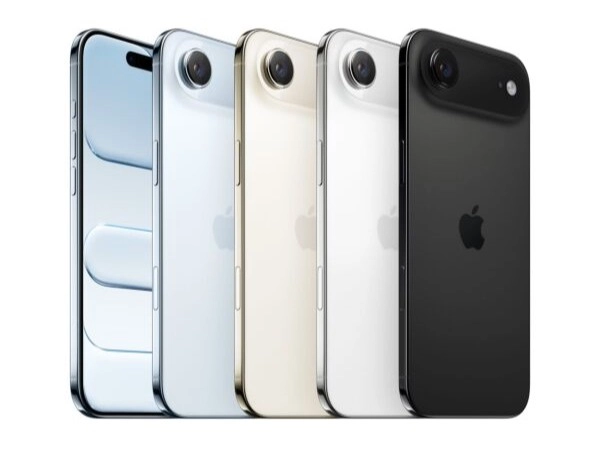
Some might assume the iPhone Air’s slim body makes it fragile, but that’s not the case. Despite its thin frame, this phone is surprisingly durable. It looks delicate, yet it’s built to withstand pressure.
Apple achieved this strength by using a Grade 5 Titanium frame and a double layer of Ceramic Shield 2 on both the front and back. This is interesting because while the iPhone 16 series used titanium, the iPhone 17, 17 Pro, and 17 Pro Max switched to aluminum. Only the Air kept the titanium frame.
The iPhone Air’s toughness has been proven in durability tests conducted by JerryRigEverything on YouTube. The results were better than expected.
- Scratch Test
The Ceramic Shield 2 display performed impressively. Fine scratches only appeared at level 7 on the Mohs hardness scale, which is even better than the Gorilla Armor 2 used on the Galaxy S25 Ultra that showed marks at level 6.
- Bending test
When bent by hand, the iPhone Air flexed slightly but returned to its original shape without cracks. It took about 98 kg of machine-applied pressure to break the front glass, while the back glass remained intact. Even after that, all functions still worked normally.
These tests show that what many thought would be the iPhone Air’s weakness turned out to be one of its strongest qualities. The proven durability gives users confidence to use this ultra-thin phone without worry.
3. Stunning LTPO ProMotion Display
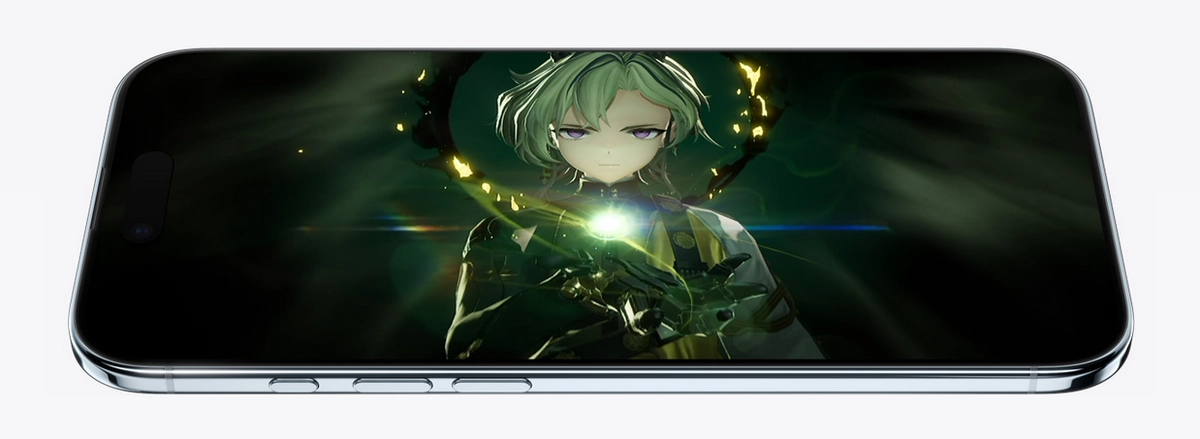
Apple makes sure the iPhone Air keeps its place among the best in display quality. It uses a 6.5-inch LTPO Super Retina XDR OLED screen that looks stunning. Many people feel this size is ideal, not too small like the Pro and not too large like the Pro Max.
The phone features ProMotion technology, which allows smooth and responsive scrolling with no lag. The refresh rate can adjust automatically from 1 Hz to 120 Hz. When the screen is idle, the refresh rate drops to save power.
The visual quality is excellent. Based on GSMArena’s test results, the brightness level reaches 780 nits in manual mode and 998 nits in automatic mode, while HDR content can go up to 3,000 nits. The display also supports Dolby Vision to create a more immersive viewing experience.
With its high brightness and anti-reflective coating that effectively reduces glare, the screen stays easy to see even under direct sunlight. The DCI-P3 color gamut also makes the display appear vivid and sharp.
Gizmodo described the viewing experience as so clear that it feels like there is no glass layer between your eyes and the content. This matches what CNET mentioned earlier about how users can focus fully on the visuals because the phone feels so light in hand.
4. Powerful Performance Equal to the Pro Model
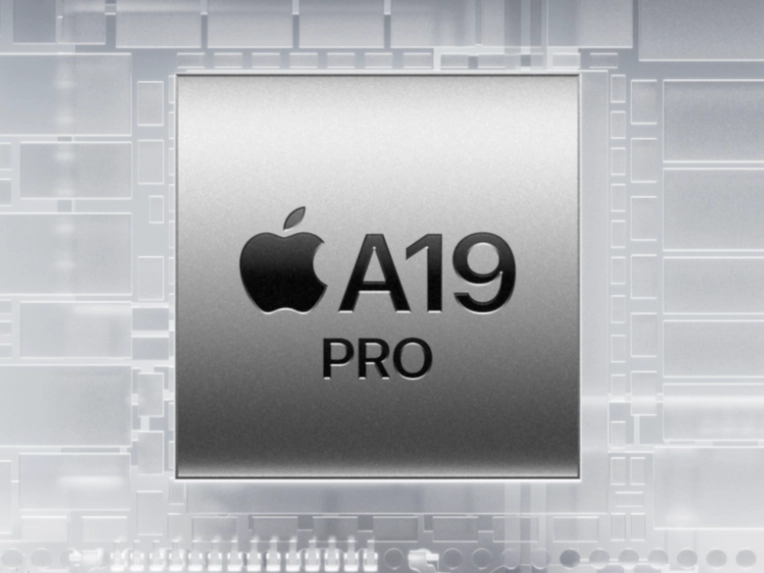
In terms of performance, don't underestimate the iPhone Air based on its thin body! Behind its slim and elegant look, this phone carries serious power with the Apple A19 Pro chip. Built with a 3-nanometer process, this is Apple’s most advanced processor in 2025.
The same chip is also used in the iPhone 17 Pro and 17 Pro Max, but Apple made small adjustments. The iPhone Air version has a 5-core GPU instead of the 6-core GPU used in the Pro models.
This difference hardly affects real-world use. Whether for multitasking, editing videos, or playing demanding games, the performance remains very close to the Pro series.
According to GSMArena, the iPhone Air reached more than two million points on AnTuTu 10. On Geekbench 6, it scored around 3775 for single-core and 9497 for multi-core performance. These numbers show that the iPhone Air still belongs in the high-performance category.
The only concern comes from its thermal control. The Guardian said that the iPhone Air doesn't use a vapor chamber cooling system. The heat is instead transferred directly through the phone’s body.
Because of this, the area near the camera can feel warm during heavy use, especially when playing graphically intensive games like Genshin Impact or rendering 4K videos.
5. Good Quality Selfie Camera
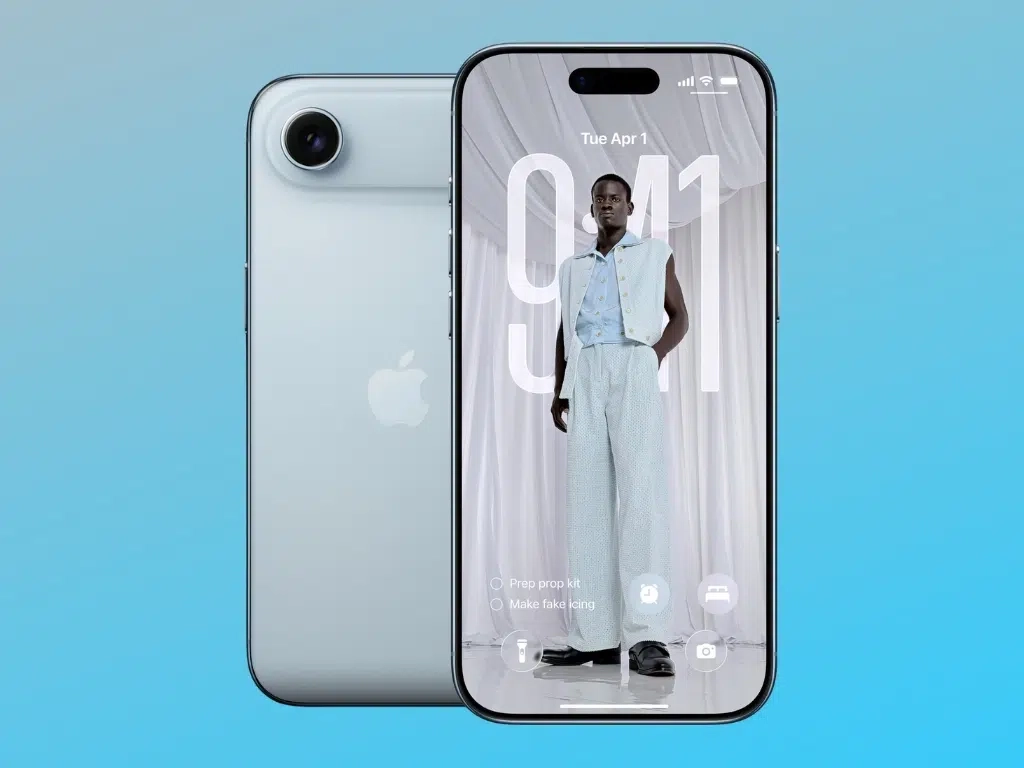
The iPhone Air features a brand new 18 MP front camera with a Sony IMX914 sensor. This camera introduces a unique square-shaped sensor that allows users to take both vertical and horizontal selfies without losing image quality. Whether you capture a single selfie or a group photo, the results stay sharp with no cropped edges.
Apple also includes two premium features from the Pro models, namely OIS (Optical Image Stabilization) and Autofocus. These features greatly improve photo clarity, especially in low-light situations. Photos taken in dim cafes look less blurry, and videos recorded while walking appear much steadier.
The Center Stage feature further enhances the experience by keeping your face centered during video calls. This makes the iPhone Air’s front camera a complete package for both selfies and communication.
It doesn't stop there. The front camera supports 4K video recording at 60 fps and includes Cinematic Mode for a soft background blur that looks like a movie effect. In short, for selfies, vlogging, and video calls, the iPhone Air’s front camera performs exceptionally well.
6. Unmatched Video Recording Capabilities

The iPhone Air uses a 48 MP main rear camera with a Sony IMX904 sensor. Its photo performance is strong, although the front camera tends to draw more attention for photography enthusiasts. Still, the video recording capabilities of both the front and rear cameras are outstanding.
Apple continues to lead in video quality, and the iPhone Air maintains that tradition. It can record 4K videos at 60 fps with HDR enabled by default that can provide a wide dynamic range. Users can disable HDR for a more natural tone if they prefer.
All recording modes come with stabilization that keeps footage steady even while walking or panning quickly. This is especially useful for creators who record videos on the go without a gimbal.
According to WIRED’s comparison test, the iPhone Air and iPhone 17 Pro Max outperformed the Google Pixel 10 Pro XL and Samsung Galaxy S25 Edge. The iPhone Air delivered the most stable video results with clean details, smooth transitions, and excellent color accuracy in various lighting conditions.
GSMArena also praised its video performance. Daytime recordings appear bright and detailed with a wide dynamic range, while night videos retain accurate colors and contrast with minimal noise.
The 2x zoom remains clear for video, although very distant subjects may lose a bit of detail, and nighttime recordings show slightly more noise.
Overall, the iPhone Air’s video performance is reliable for daily use. It handles scenes like city walks, moving subjects, and low-light moments with ease.
With consistent video quality, solid stabilization, and the ability to record 4K@60fps from both front and rear cameras, the iPhone Air stands out as one of the best options for video recording today.
Cons of the iPhone Air
This iPhone Air comes with a few drawbacks that may bother some users, especially those who want more value for their money. Here are a few things you should know before buying:
1. Only One Rear Camera and No Cinematic Mode

This is the biggest trade-off of the iPhone Air. It only has one rear camera with no ultrawide or telephoto lens. Many Android phones in the US$180-300 price range already have an ultrawide camera, so this limitation feels disappointing for a device at this price.
Apple promotes this lens as a “Fusion Camera,” but without an ultrawide option, users lose the flexibility to capture wide architectural shots, large landscapes, or group photos in tight spaces.
The lack of a telephoto lens is still understandable, but at least an ultrawide camera would have made this phone more complete. Unfortunately, users have to be content with a single main lens. Even though the photo and video results are excellent, this missing feature still feels like a setback for a premium device.
Another missing feature is the Cinematic Mode. This is one of Apple’s most popular features for video recording, so its absence reduces the creative flexibility that many users expect from an iPhone.
2. Battery Life and Charging Speed Are Not the Best
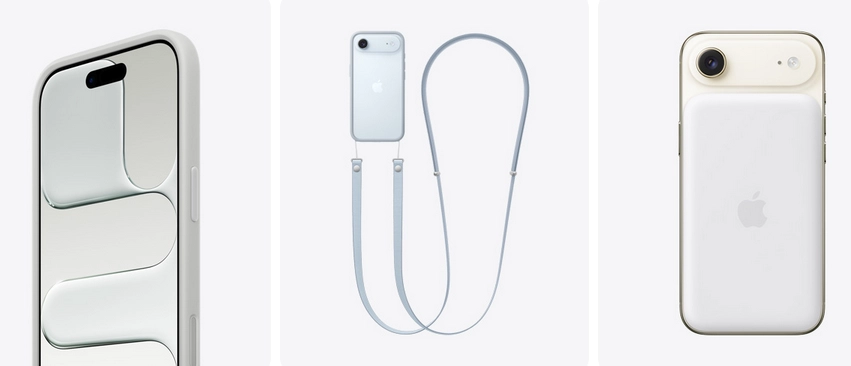
Apple had to make compromises to achieve the iPhone Air’s super thin design. The battery capacity is only 3,149 mAh, which is smaller than the batteries in the iPhone 17, 17 Pro, and 17 Pro Max.
On paper, GSMArena’s test results show an Active Use score of 12 hours and 44 minutes. This number seems good, helped by the efficiency of the A19 Pro chip and the LTPO display.
However, actual use tells a different story. CNET reported that under heavy usage, the battery drains quickly and often does not last until evening.
Charging speed is another concern. TechAdvisor noted that the phone charges 50 percent in 30 minutes, but it takes around 1 hour and 45 minutes to reach a full charge. This feels slow for a phone that costs tens of millions of rupiah.
In short, the iPhone Air’s slim design looks attractive, but it comes with compromises in battery life and charging speed that some users may find frustrating.
3. Mono Speaker
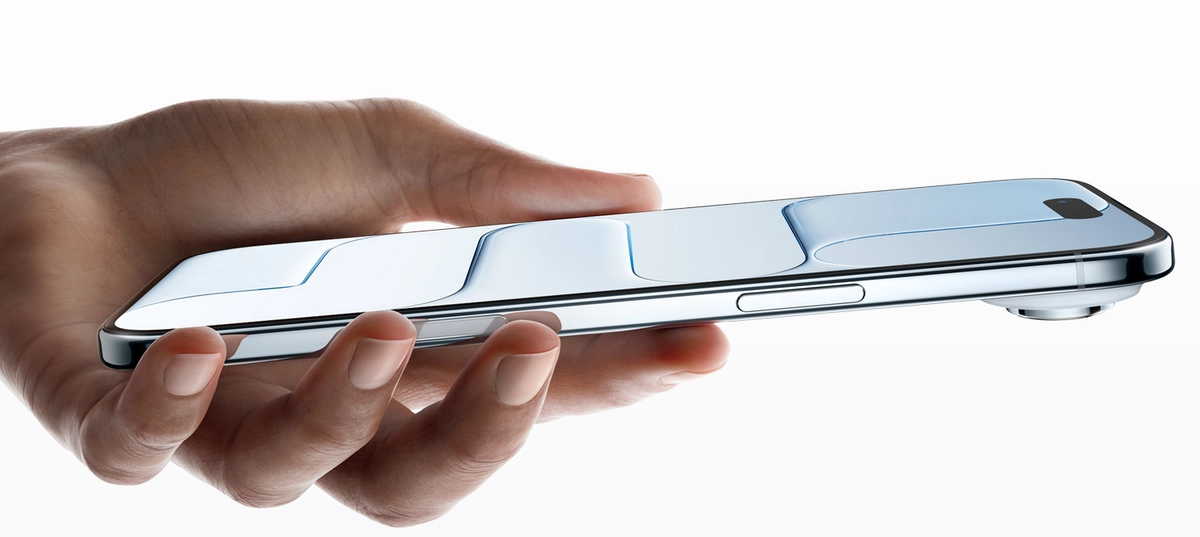
This part will likely make many people shake their heads. For a phone with such an impressive display, Apple only includes one speaker at the top. Yes, just one. There is no second speaker at the bottom.
As a result, the sound feels flat and lacks depth. The stereo effect that usually makes audio more immersive is completely missing. The visuals may look premium, but the audio experience feels very basic.
Many reviewers have criticized Apple for this decision. Some believe that Apple made this choice for business reasons, assuming that iPhone Air buyers would also purchase AirPods. At the very least, users who want better sound quality are pushed to buy AirPods or other wireless earphones.
4. Still Uses USB-C 2.0 Port and Does Not Support DisplayPort

The USB-C port on the iPhone Air still uses the USB 2.0 standard, which limits wired data transfer speeds. This is much slower compared to the USB 3.0 ports available on the Pro models.
This limitation also affects charging speed. On top of that, the iPhone Air doesn't support the DisplayPort protocol through its USB-C port.
Because of this, users cannot connect the phone to an external monitor or TV to display high-resolution video. The iPhone Air also lacks the ability to extend the screen through a USB-C connection, which means users cannot create a second-screen setup.
5. Expensive
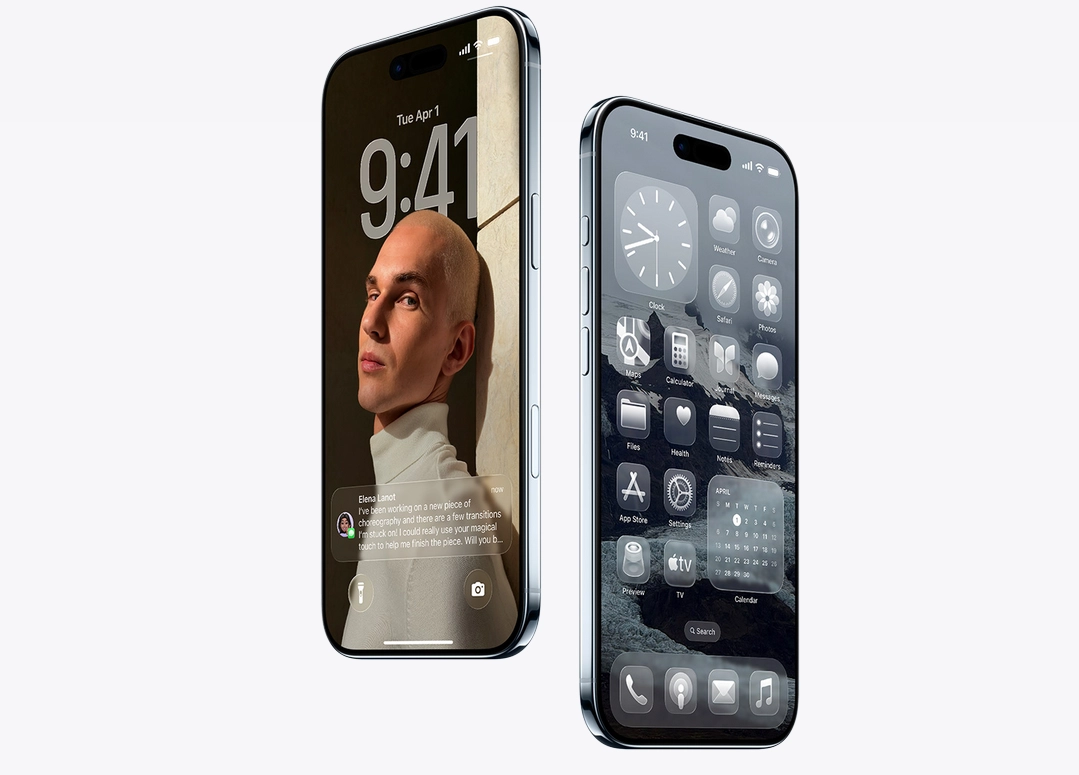
With its price, the iPhone Air sits in the flagship category. Many users consider the price too high, especially when compared to what the phone offers.
For example, the iPhone 17 Pro provides a more complete package. It comes with a triple rear camera setup, a larger battery, stronger GPU performance with better cooling, and a faster USB-C port.
Interestingly, while the iPhone Air sells well in some regions, its global sales have been underwhelming. Reports even mention that Apple had to reduce production due to lower demand worldwide.
Conclusions
The iPhone Air is arguably an interesting product that fills the "boredom" of the "same old" iPhone design. This product is an attractive addition to Apple's portfolio due to its superior thin design.
However, its extremely thin design brings other compromises. The relatively average battery life, single rear camera, and mono audio are compromises that need to be considered. Fortunately, the phone's performance is still excellent.
Therefore, those considering buying an iPhone Air should make sure they can accept all of its shortcomings and are focused on the need for a thin phone. Of course, they won't mind the single rear camera and mono speaker.
Considering its price tag, it's also worth considering if you need a complete phone package. The iPhone 17 Pro is worth considering. The standard iPhone 17 is also attractive, as the prices of the three are not too far apart.
